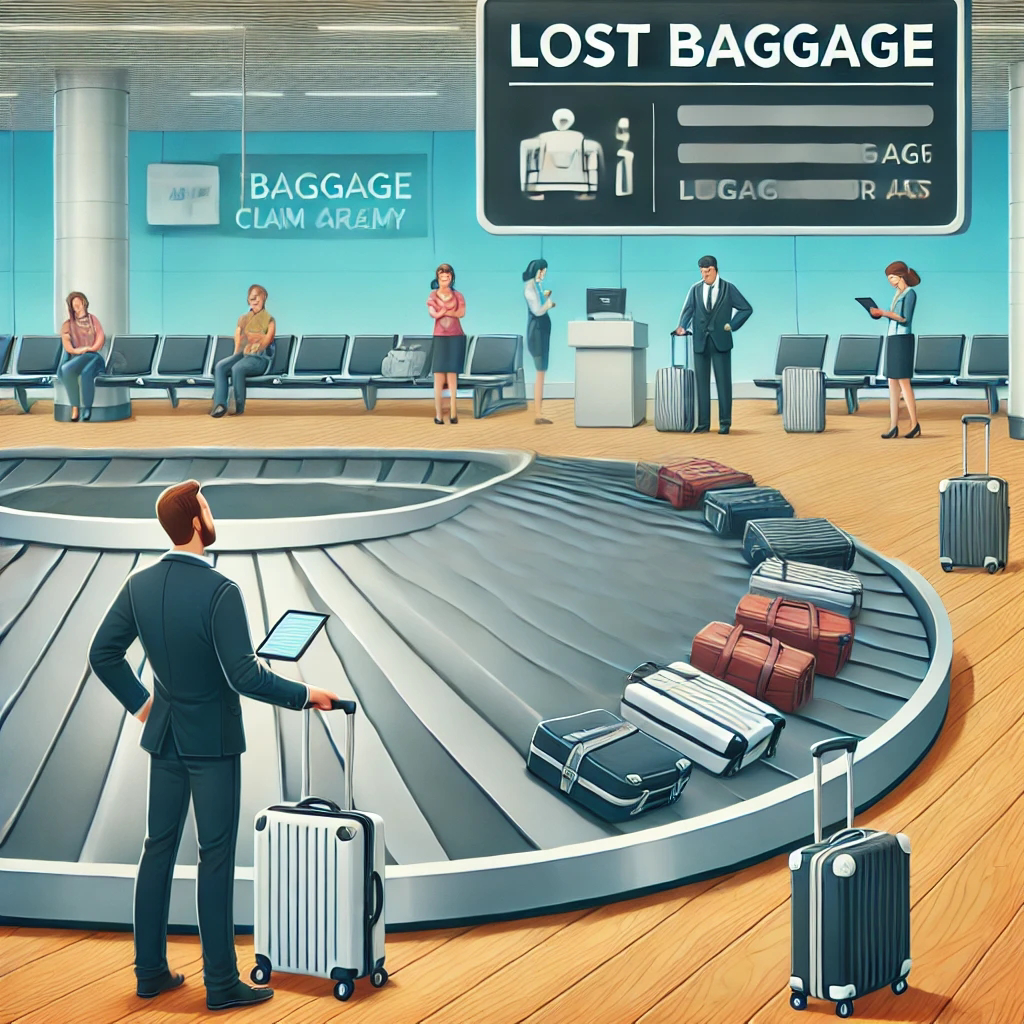How Airlines Are Improving Passenger Experience Post-COVID
The COVID-19 pandemic reshaped the airline industry, forcing airlines to rethink how they operate and interact with passengers. From health and safety measures to technological innovations, airlines have been working to rebuild customer confidence and enhance the overall travel experience. This article explores the key ways airlines are improving passenger experience in the post-COVID era.
1. Enhanced Health and Safety Measures
Improved Cabin Air Quality: Most airlines now use HEPA filters, which remove 99.9% of airborne particles, ensuring cleaner air circulation.
Contactless Check-in and Boarding: Digital boarding passes, biometric screening, and self-service kiosks minimize physical contact at airports.
Stronger Cleaning Protocols: High-touch surfaces, such as tray tables and seatbelts, are disinfected more frequently, and some airlines provide sanitization kits to passengers.
2. Digital Innovation and Smart Travel
AI and Chatbots for Customer Support: Airlines now use AI-powered chatbots to assist passengers with flight changes, baggage tracking, and real-time updates.
Mobile Apps for Seamless Travel: Passengers can book flights, manage check-ins, and receive personalized notifications through airline apps.
In-flight Connectivity & Entertainment: High-speed Wi-Fi, Bluetooth connections for personal devices, and streaming services have become more common.
3. Flexible Booking and Cancellation Policies
Many airlines now offer zero-change fees and flexible refund policies to encourage travelers to book with confidence.
Travelers can modify their travel dates without penalties, making it easier to adjust plans due to unforeseen circumstances.
4. Improved Airport Experience
Touchless Security Screening: New technology allows for facial recognition, automated baggage drop, and e-gates to reduce congestion.
Lounge Access and Premium Services: More airlines are enhancing lounge services with upgraded dining options and private workspaces.
Faster Baggage Handling: RFID tracking tags help passengers locate their luggage in real time via mobile apps.
5. Sustainable Travel Initiatives
Eco-friendly Flights: Airlines are adopting sustainable aviation fuels (SAF) to reduce carbon emissions.
Waste Reduction Efforts: Many airlines now use biodegradable packaging for in-flight meals and offer digital magazines instead of paper copies.
Carbon Offset Programs: Passengers can contribute to carbon offset programs when booking flights.
The airline industry has made significant strides in improving passenger experience post-COVID. By prioritizing safety, embracing technology, and offering flexible travel options, airlines are rebuilding trust and making air travel more seamless and enjoyable than ever before. As travel demand continues to rise, these innovations will play a crucial role in shaping the future of flying


Comments
Post a Comment